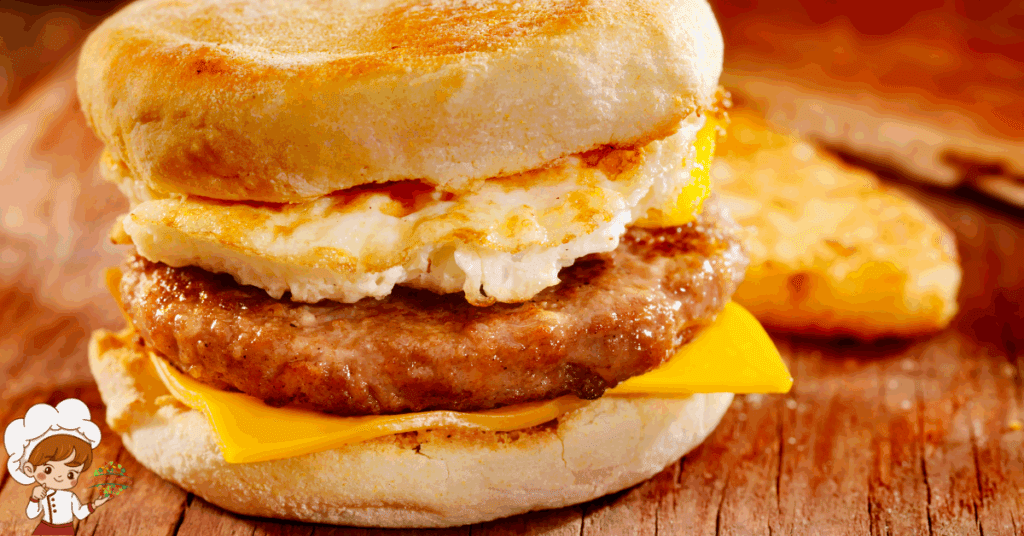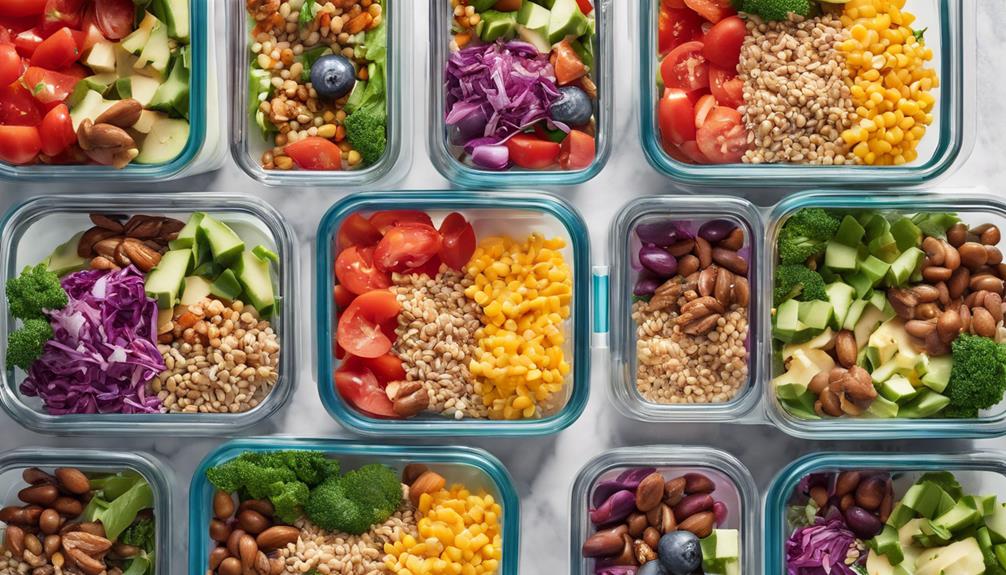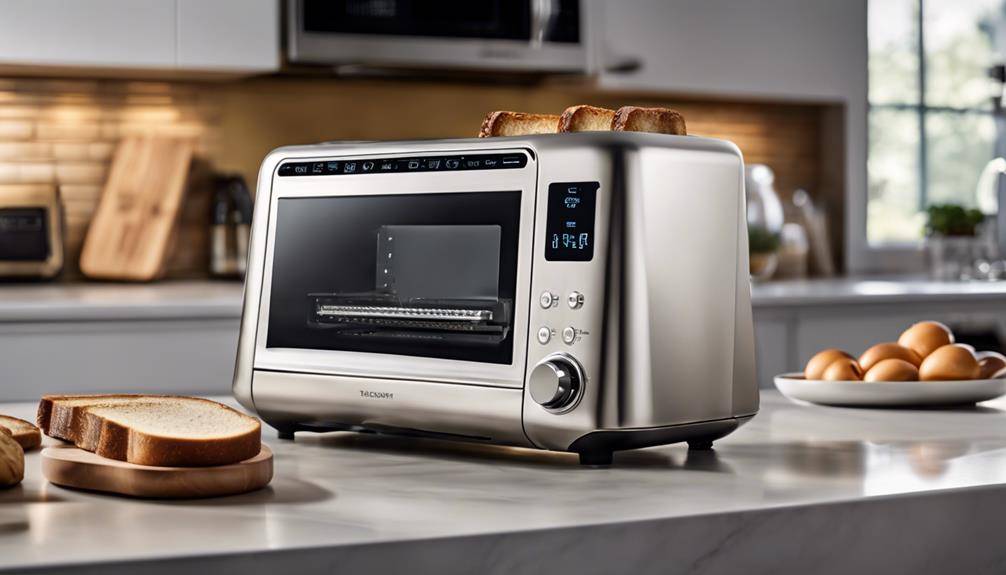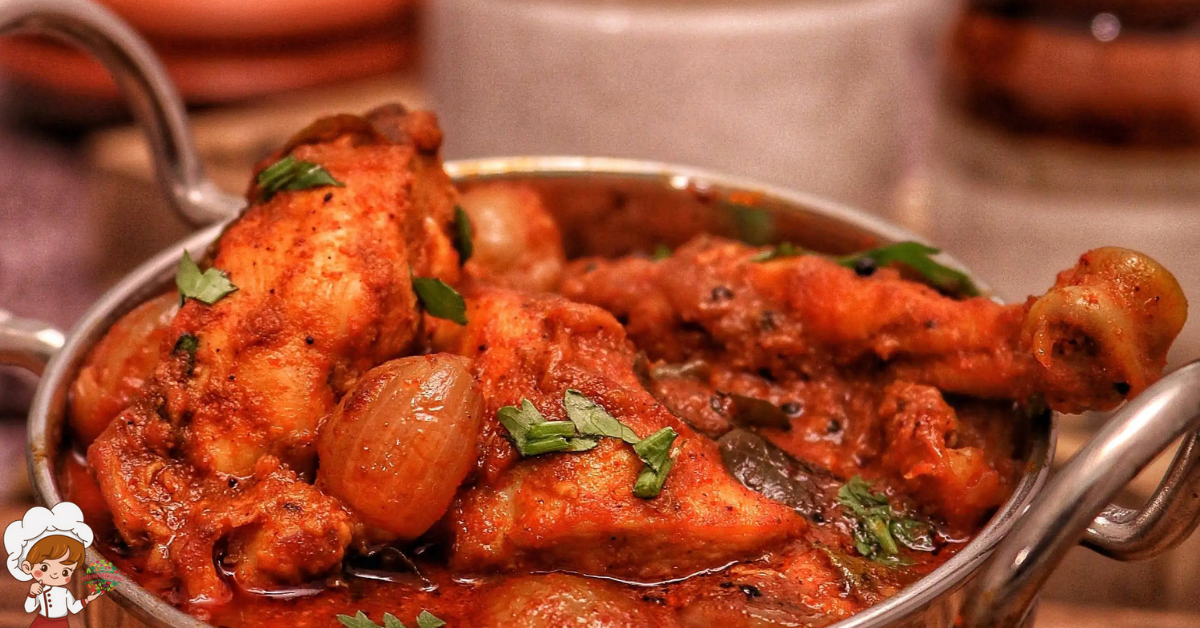The Amazing Sausage Egg and Cheese Breakfast Muffins

The Sausage Egg and Cheese Breakfast Muffins is a quintessential grab-and-go meal that has carved out a lasting spot in American food culture. With its layered simplicity—savory sausage, fluffy egg, and melty cheese, all tucked neatly into a toasted English muffin—this sandwich-style breakfast has come to represent both convenience and comfort. From fast food chains to homemade meal preps, sausage, egg, and cheese breakfast muffins are everywhere. But how did this unassuming sandwich become one of the most popular morning meals in the United States?
The story is a blend of culinary innovation, changing lifestyles, and the rise of breakfast-on-the-go. In this blog, we’ll explore the full history and cultural significance of this iconic food, charting its evolution from early breakfast trends to its current status as a beloved staple. A comprehensive FAQ will follow to answer the most common questions people have about this versatile dish.
Breakfast Sandwiches: A Brief Historical Overview
The concept of eating bread filled with meat or eggs for breakfast isn’t new. In fact, sandwiches as a meal format date back centuries. The idea of placing fillings between slices of bread was popularized in the 18th century with the naming of the “sandwich” after John Montagu, the 4th Earl of Sandwich. However, breakfast sandwiches, as we know them today, really began to emerge in the United States during the 19th century.
In early America, breakfast was traditionally a hearty sit-down affair, often consisting of eggs, meats, biscuits, and fried potatoes. The rise of industrialization and urban life changed that. As people began working longer hours and commuting into cities, the need for portable, easy-to-eat meals grew. Street vendors in urban centers like New York and Boston began selling egg and meat sandwiches in the late 1800s to cater to workers looking for a quick morning bite.
These early breakfast sandwiches were usually made with rolls, biscuits, or toast and were filled with whatever breakfast staples were available—bacon, eggs, ham, and cheese being the most common. However, they remained a relatively localized, informal option until the late 20th century, when the format exploded into mainstream consciousness.
The Role of Fast Food in Popularizing Breakfast Muffins
While breakfast sandwiches had been around in various forms for decades, their mass-market appeal truly skyrocketed with the entrance of fast food giants into the breakfast space. The most pivotal moment came in 1971 when McDonald’s launched its first official breakfast item: the Egg McMuffin.
The Egg McMuffin, which included a slice of Canadian bacon, a poached egg, and a slice of American cheese on a toasted English muffin, was invented by McDonald’s franchisee Herb Peterson in Santa Barbara, California. Peterson was inspired by eggs Benedict and wanted to create a handheld version that was easy to produce in a fast-food setting. The McMuffin was an instant hit and played a significant role in legitimizing the breakfast sandwich as a commercial food item.
By the 1980s, breakfast had become a key battleground for fast food brands, and the competition led to an explosion of sandwich varieties. Sausage quickly became a popular protein choice, often replacing or accompanying bacon or ham. The sausage, egg, and cheese breakfast muffin emerged as a fan favorite, offering a slightly richer and more indulgent alternative to its Canadian bacon counterpart.
The convenience of this sandwich format—easy to eat while commuting or working—aligned perfectly with the growing pace of modern life. Soon, other fast food chains like Burger King, Wendy’s, and Dunkin’ followed suit, offering their own takes on the sausage, egg, and cheese muffin.
The English Muffin: A Toasted Tradition
The choice of bread in the sausage, egg, and cheese muffin is as significant as the fillings. While biscuits, bagels, and croissants have all found their place in breakfast sandwich history, the English muffin holds a special spot in this particular combination.
English muffins originated in the United Kingdom during the 18th century as a griddle-cooked yeast bread. They made their way to the United States in the late 1800s and were popularized by Samuel Bath Thomas, a British immigrant who founded the Thomas’ bakery brand in New York City. His version of the English muffin was less doughy and more airy, with signature “nooks and crannies” that held butter and spreads beautifully.
By the 20th century, English muffins were widely available in American supermarkets and offered a unique advantage for breakfast sandwiches: their flat, sturdy surface made them perfect for toasting and stacking ingredients. Unlike croissants or biscuits, English muffins were less crumbly and more structurally sound—qualities that made them ideal for fast food production lines and grab-and-go packaging.
The pairing of a toasted English muffin with sausage, egg, and cheese created a sandwich that was not only delicious but also functional. The muffin’s slight chew, mild tang, and toasty exterior provided an excellent contrast to the savory, melty contents inside.
Sausage and Eggs: A Timeless Breakfast Duo
Sausage and eggs have long been associated with breakfast in various cultures. In Europe, especially in the UK and Germany, sausages are a central component of traditional morning meals. In America, breakfast sausage as we know it—typically made from seasoned ground pork—became a staple during colonial times. Farmers and homesteaders would preserve leftover pork by grinding and seasoning it with sage, salt, and pepper, then forming it into patties or links.
By the 20th century, sausage patties had become a common part of Southern breakfasts and were often served alongside scrambled or fried eggs. This natural pairing made the transition into sandwich form seamless.
Eggs, meanwhile, have been a dietary mainstay for millennia. Their high protein content, versatility, and quick cooking time made them ideal for morning meals. Combining sausage and eggs in a sandwich offered a filling, protein-packed option that kept people energized throughout the day.
The addition of cheese—often American or cheddar—helped to bind the sandwich and add a rich, creamy element. The result was a compact, satisfying meal that could be eaten on the move or enjoyed leisurely at home.
The Rise of Homemade and Meal Prep Versions
As the sausage, egg, and cheese muffin became a fast food staple, it also found a second life in home kitchens. With the rise of freezer-friendly meal prep and make-ahead breakfast options, people began recreating these sandwiches at home for convenience and cost savings.
Homemade versions often allowed for more control over ingredients, offering healthier or more customized alternatives to fast food options. Home cooks began experimenting with different sausage types, cheeses, and cooking methods. Some preferred baking the eggs in muffin tins for uniformity, while others used skillet-scrambled or pan-fried eggs for a more rustic touch.
Meal prep culture—especially fueled by food blogs, YouTube, and social media—led to a boom in recipes for batch-cooked breakfast muffins. These versions were wrapped in foil or plastic, frozen, and then reheated in the microwave for a quick weekday breakfast. This method not only mirrored the grab-and-go appeal of fast food but also addressed nutritional concerns by letting individuals tailor their ingredients to dietary needs.
In the 2010s, health-conscious and low-carb versions of the sausage, egg, and cheese muffin also gained popularity. Some iterations replaced the English muffin with low-carb breads or lettuce wraps, while others eliminated the bread entirely, turning the fillings into baked egg cups or casserole-style dishes.
Cultural Significance and Enduring Popularity
The sausage, egg, and cheese breakfast muffin represents more than just a tasty meal—it reflects larger shifts in American food culture. It embodies the move toward portable, individualized eating in a fast-paced society. Its enduring popularity stems from its ability to deliver comfort and sustenance without requiring a sit-down breakfast ritual.
The sandwich’s presence across multiple platforms—fast food, homemade, frozen, and even gourmet—shows its versatility and widespread appeal. It has become a morning ritual for millions, a menu mainstay in restaurants, and a canvas for culinary creativity in home kitchens.
In pop culture, the sausage, egg, and cheese muffin has been featured in television shows, commercials, and movies, often as shorthand for the busy, working American. It has also sparked debates among food enthusiasts: Which chain makes it best? Is it better with American cheese or sharp cheddar? Should the egg be folded or fried?
These ongoing conversations and adaptations ensure that the sausage, egg, and cheese breakfast muffin will remain a fixture in the evolving landscape of American breakfast traditions.

Classic Sausage, Egg, and Cheese Breakfast Muffins
Ingredients
- Ingredients:
- 6 English muffins split and toasted
- 6 large eggs
- 6 sausage patties store-bought or homemade
- 6 slices of American cheese or cheddar, if preferred
- 1 tablespoon butter or oil for cooking eggs
- Salt and pepper to taste
Instructions
- Instructions:
- Cook the Sausage Patties:
- In a skillet over medium heat, cook the sausage patties until browned and cooked through, about 3–4 minutes per side. Set aside on a paper towel-lined plate.
- Cook the Eggs:
- Wipe out the skillet and add a small amount of butter or oil. Crack eggs into the skillet one at a time and cook them using your preferred method—fried, scrambled, or in a round egg ring for the classic look. Season with salt and pepper. Cook until the whites are set and yolks are to your liking. For meal prep, you can also bake the eggs in a muffin tin at 350°F (175°C) for 12–15 minutes.
- Assemble the Muffins:
- Place one slice of cheese on the bottom half of each toasted English muffin. Add a sausage patty on top of the cheese, followed by a cooked egg. Cap with the top half of the muffin.
- Serve or Store:
- Serve immediately while hot and melty. For storage, wrap each sandwich in foil or parchment paper, let cool completely, then refrigerate or freeze.
FAQ: Sausage Egg and Cheese Breakfast Muffins
What is a sausage, egg, and cheese breakfast muffin?
It’s a breakfast sandwich typically made with a sausage patty, a cooked egg (fried or scrambled), and cheese—usually American or cheddar—served on a toasted English muffin.
Who invented the breakfast muffin sandwich?
Herb Peterson of McDonald’s is credited with inventing the Egg McMuffin in 1971, which paved the way for sausage, egg, and cheese variations to become popular.
What kind of sausage is used in breakfast muffins?
Breakfast sausage patties made from ground pork seasoned with herbs like sage, thyme, and pepper are most common. Turkey and plant-based sausage options are also widely used today.
Are sausage, egg, and cheese muffins healthy?
While traditional versions are calorie-dense and high in fat, homemade versions can be made healthier by using lean sausage, low-fat cheese, whole-grain English muffins, or egg whites.
Can you make them ahead of time?
Yes, they’re excellent for meal prep. Assemble the sandwiches, wrap them individually, freeze, and reheat as needed in the microwave or oven.
What cheese works best?
American cheese is the classic choice for its smooth melt, but cheddar, pepper jack, mozzarella, or Swiss can also be used depending on flavor preference.
Is it possible to make them vegetarian?
Absolutely. Use a plant-based sausage patty and either a whole egg or a meat-free egg alternative. Many brands now offer fully vegetarian or vegan breakfast sausage.
Can you use different breads?
Yes. While English muffins are traditional, other options like biscuits, bagels, croissants, or even gluten-free bread can be used for variety.
How do fast food versions differ from homemade?
Fast food versions are made with standardized ingredients for consistency and speed. Homemade versions offer more flexibility in terms of ingredients, preparation methods, and nutrition.
What is the best way to cook the egg for the sandwich?
A round egg cooked in a mold or biscuit cutter creates a neat, stackable shape. However, scrambled, fried, or baked eggs in muffin tins are also great choices depending on preference.








